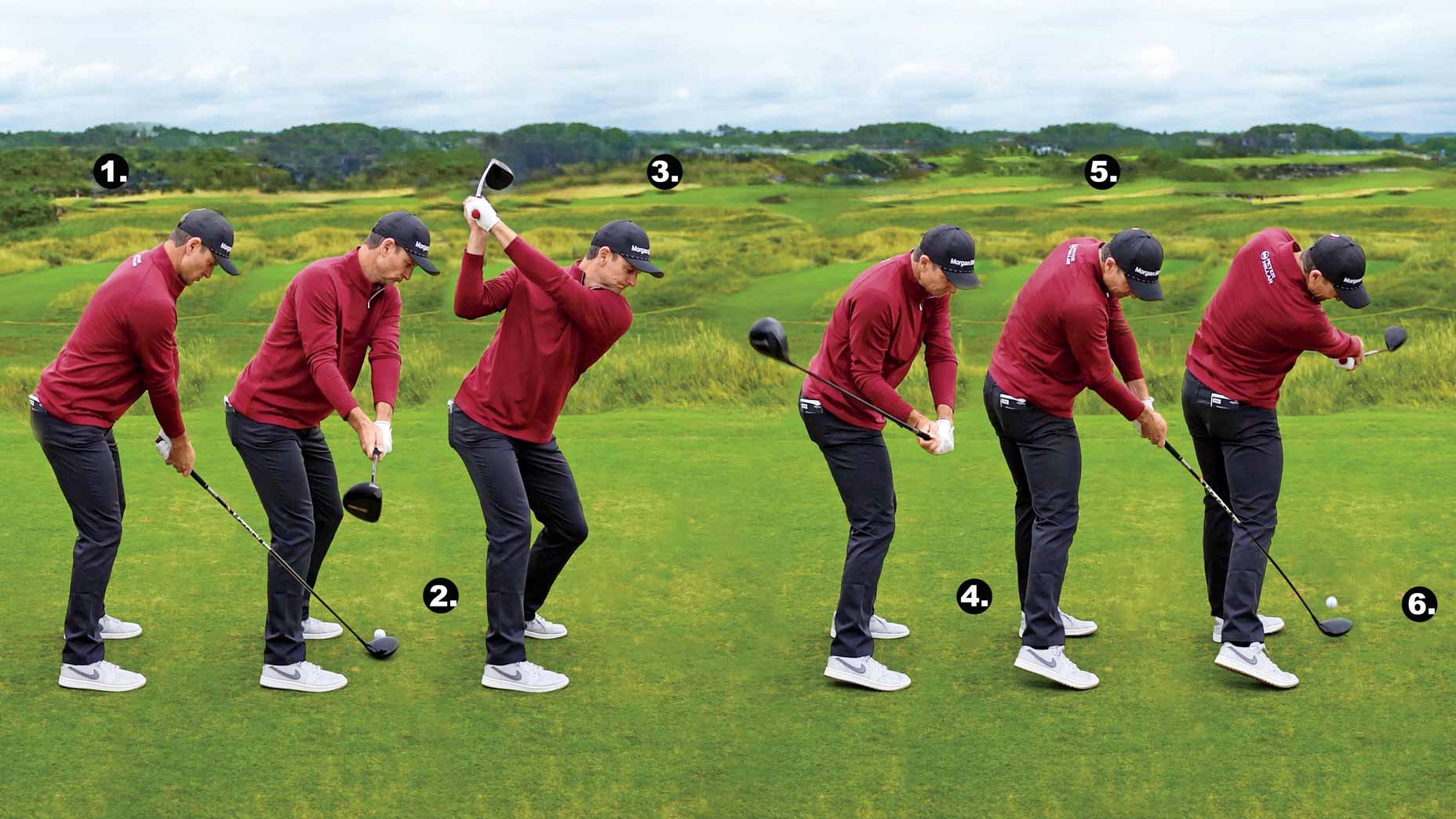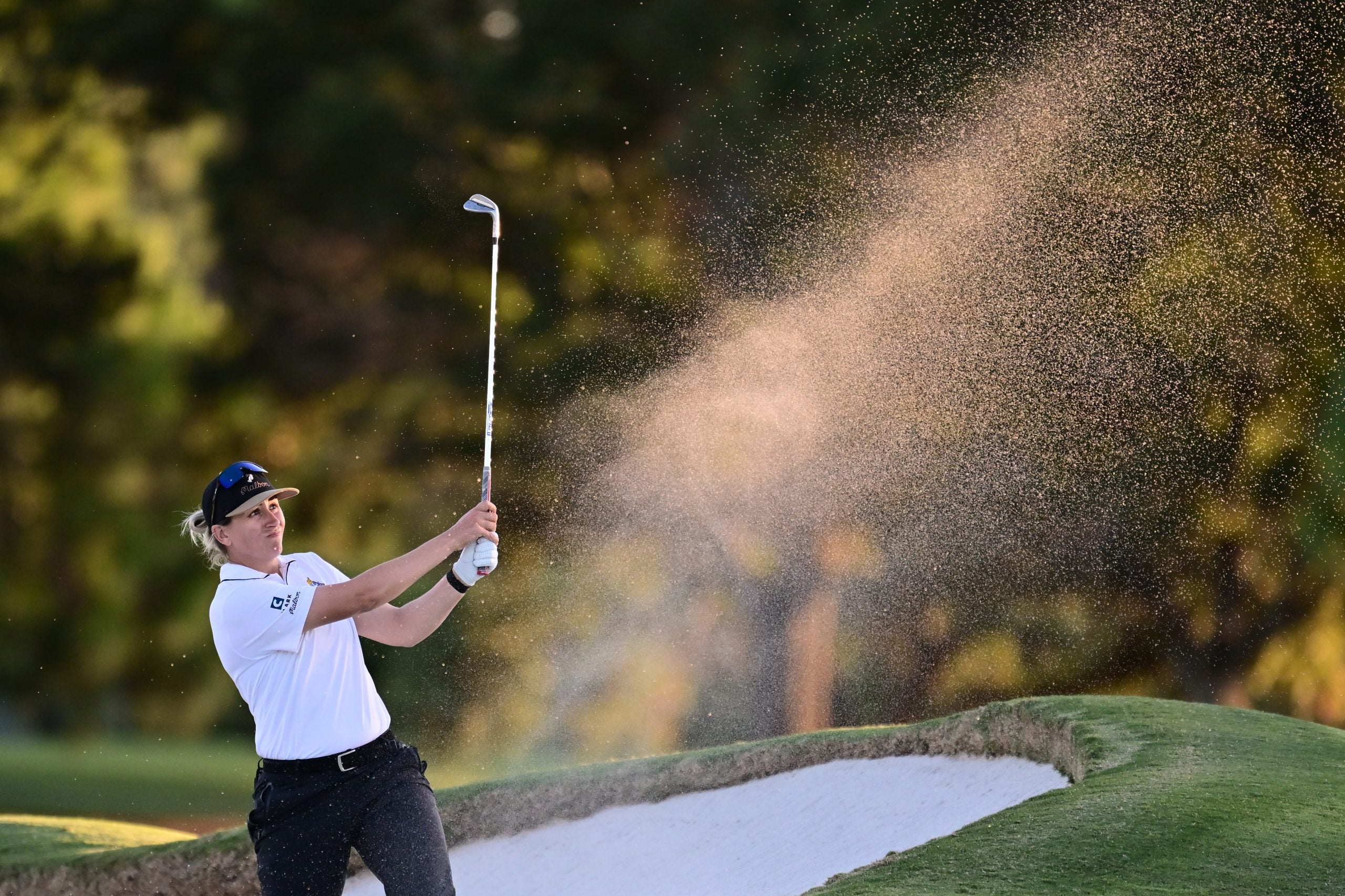If you find yourself losing strokes around the green, putting is often the culprit. Three- and four-putts add up quickly, so minimizing the damage on the greens is a simple way to improve your scores quickly. One way to bolster your putting performance is to focus on getting better at lag putting.
Think about it this way: If you can reduce your three-putt percentage by half or even a third in every round you play, that’s a lot of strokes saved over time. Improving your distance control and green-reading on long putts will ultimately result in shorter and more makable comebackers — and, eventually, lower scores.
Scottie Scheffler’s infamous Masters 4-putt? Here’s what really happenedBy: Josh Berhow
So how can you train yourself to approach those lengthy lag putts to set yourself up for success? GOLF Top 100 Teacher Trillium Rose has a three-step method.
In a video posted to Titleist’s YouTube page, Rose explains that establishing a routine for reading the putt is essential. Below are the steps she suggests taking on each putt you face.
How to read a lengthy putt
1. Stand behind the ball
Rose suggests standing behind the ball so that the ball and the cup are on the same line in front of you.
“From here,” she says, “what you’re doing is you’re asking yourself, ‘If I aimed the ball at the cup, would it roll to the right or the left or maybe straight?’ That gives you a good ballpark sense of what to do.”
If figuring out the roll direction proves to be difficult, Rose suggests locating the high point and the low point of the green, which will give you the answer.
2. Imagine hitting a straight putt
Envisioning what would happen if you hit a straight putt is helpful because that will help you imagine how far that ball will move to the left or right. It’s also important to focus on the last few feet leading up to the hole.
“What’s it gonna do in the last, say, five or 10 feet of that putt as it starts to slow down?” Rose says. “That’s usually when the ball responds to the break the most.”
3. Pick a start line
With these factors in mind, Rose recommends choosing a start line that incorporates the break you’re anticipating.
“When I’m setting up to this putt, all I’m gonna focus on is my start line make sure I get that right,” she says. “One last look at the cup so I get a sense of distance and I’m ready to go.”
Give Rose’s advice a try during your next practice session or round and watch your lag putting stats improve over time. To watch a video of Rose’s tip in its entirety, click here.












